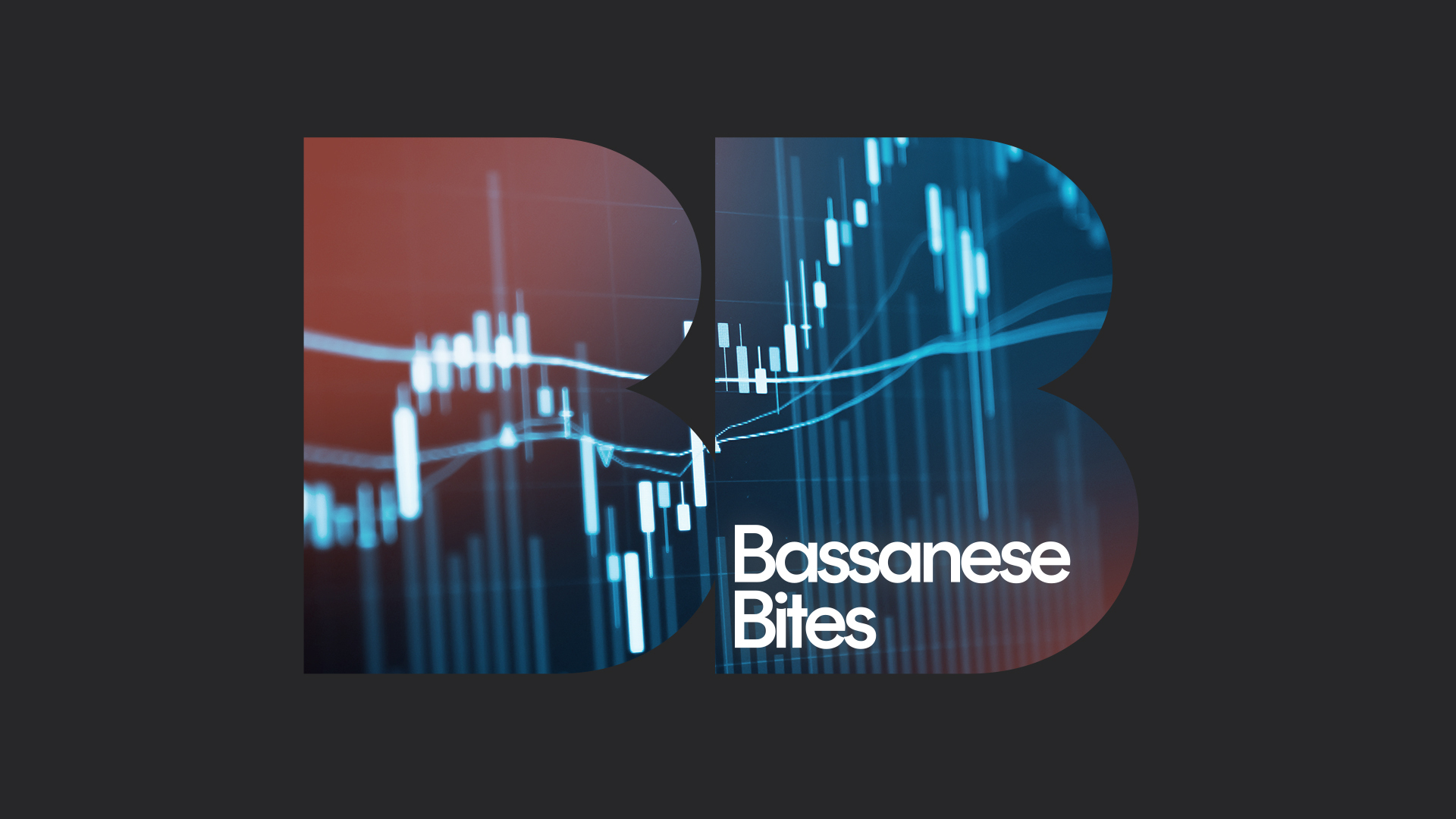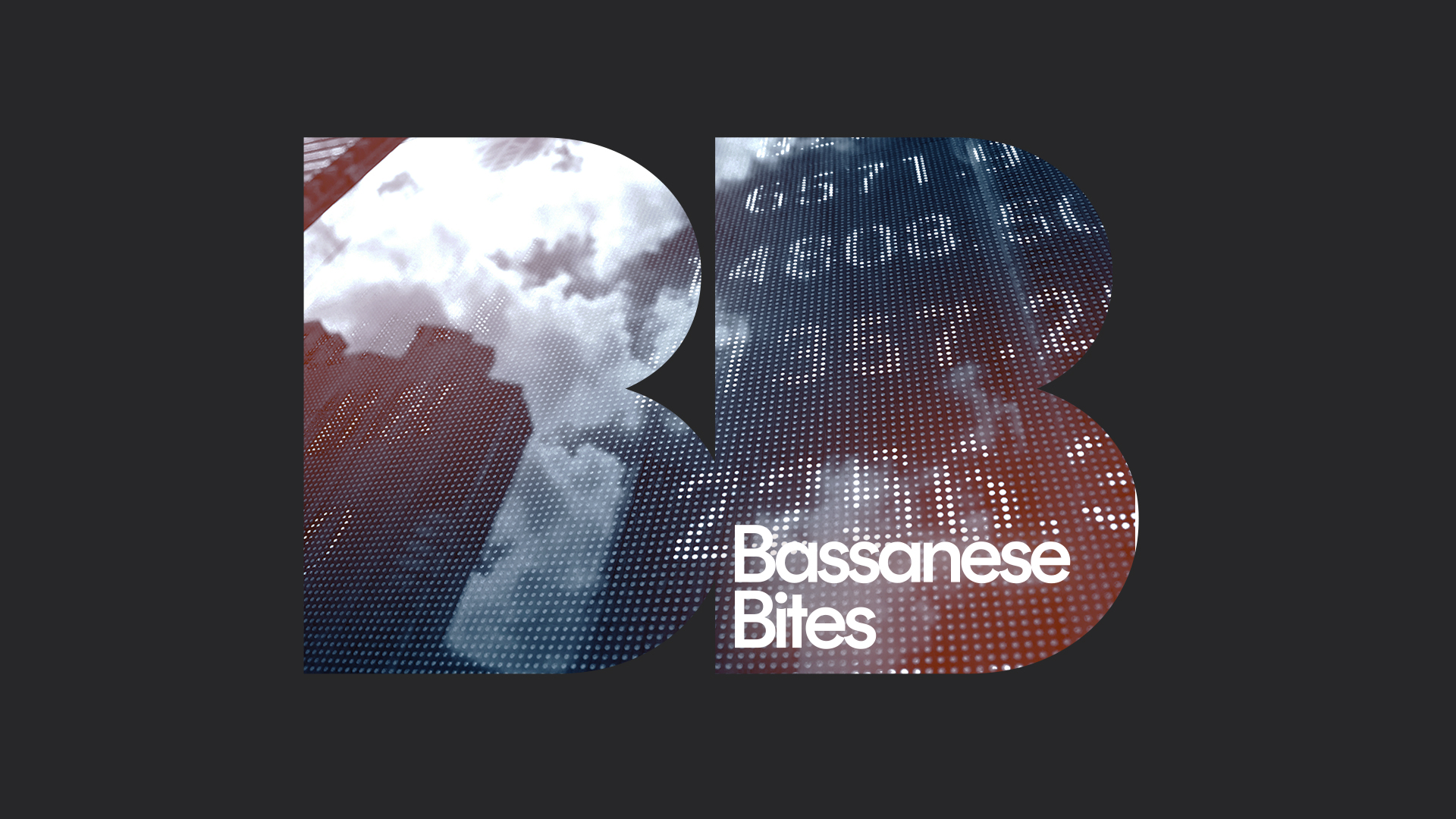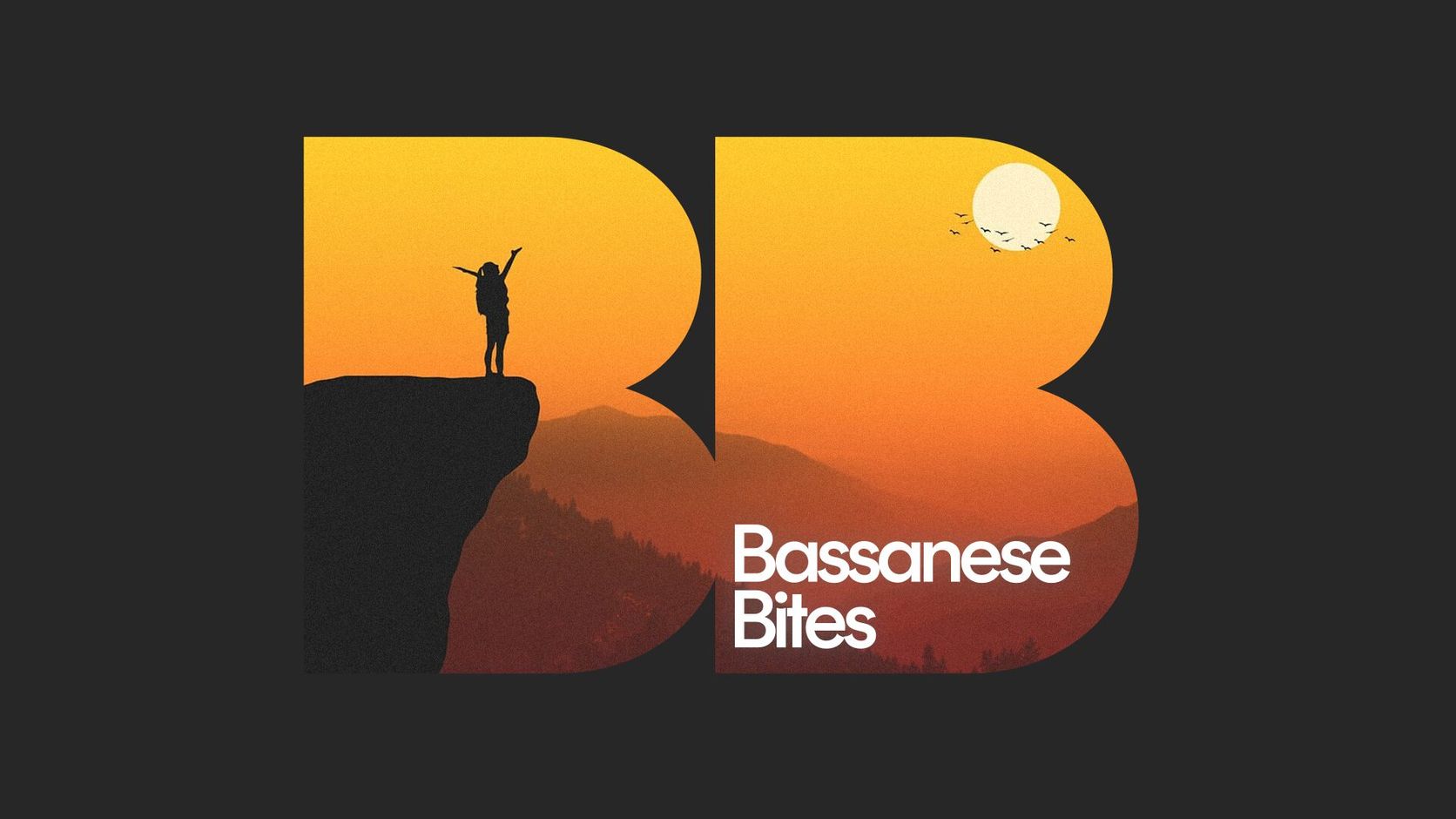Cause to pause
5 minutes reading time
Global markets
Global equities continued to grind higher last week, helped by a softer than expected US CPI report and dovish comments from Fed chair Jerome Powell. The Goldilocks soft landing scenario is continuing to play out, which is supportive of both bond and equity markets.
Ahead of the all-important June CPI report, Fed chair Powell got the party started by noting in Congressional testimony that he is also appreciative of downside economic risks while at the same time acknowledging the labour market appeared better balanced and the disinflation trend seemed back on track. That was manna from heaven for financial markets, bolstering expectations for rate cuts this year.
The cherry on top came from the June US CPI, with headline inflation declining 0.1% (market +0.1%) and core inflation up only 0.1% (market +0.2%). The good news is that housing inflation seems to be finally slowing in earnest after remaining surprisingly firm earlier this year – despite a softening housing market and weaker rents on new leases. The lags from weaker rents on new leases to official measures of housing inflation finally appear to be kicking in.
US producer prices (PPI) on Friday were a touch firmer than expected, though still reasonably benign with a 0.2% monthly gain. All up, the combination of low CPI and PPI numbers for June bodes well for another soft private consumption expenditure deflator (PCE) later this month, which would virtually cement the case for a September US rate cut.
Yesterday’s attempted assassination of Donald Trump has only likely enhanced his odds of winning back the Presidency. From a markets perspective, this was already shaping up as the most likely outcome so – love or hate him – I do not expect it to unduly affect financial markets too much.
Key global events this week will be US retail sales and industrial production, both of which the market anticipates will be relatively soft – further supporting the soft landing narrative. It’s also the start of the June quarter US earnings reporting season, which should remain healthy overall – though with the potential for some earnings warnings given the slowing economy and easing in Corporate America’s ability to jack up prices.
Adding to the dovish news, even the Reserve Bank of New Zealand sounded less hawkish last week – expressing greater confidence that inflation would decline thanks to the weakened economy, which in turn opened up the prospect of rate cuts as early as this year. Indeed, if this week’s June quarter CPI is better than the RBNZ’s current forecast of 0.6%, an August or October rate cut is not out of the question. At present, my new base case is a rate cut in both November this year and February 2025, with a gain in this week’s CPI of only 0.5%.
Market trends
The macro news was so good last week that we also saw a tantalising glimpse of a potential rotation towards cheaper long-ignored parts of the global equity market, such as small caps and value stocks. Both the ‘old economy’ US Dow Jones and small-cap biased S&P Equal Weight index rose more than the tech-heavy market cap-weighted S&P 500 last week.
Australian market
Turning to Australia, both business and consumer confidence weakened in key reports last week, suggesting the economy continues to slowly but surely buckle under the lagged impact of past RBA policy tightening. Consumer confidence was hurt by increased talk of rate hikes, while households had yet to see the end-month tax cuts affect their pay packets.
A resumption in the disinflation process in Australia can’t come soon enough, lest the RBA risk tipping the economy over the edge. We can only hope and pray the June quarter CPI in two and a half weeks’ time is benign. That said, given increased signs of reduced inflation pressure in the US and US rate cuts likely fairly soon, there’s still a chance the RBA could hold off hiking rates in August even if the CPI is again a bit higher than expected.
Of course, another key ingredient will be the state of the labour market, and to that end Thursday’s June employment report looms large. Given strong immigration-led population growth, a solid employment gain of around 20-30k would not be too surprising – and not necessarily indicative of a strong labour market. What matters for wage and inflation pressures is the balance between labour demand and supply, as broadly captured by the unemployment rate. A lurch higher in the unemployment rate to 4.2% or more this week would add to the pressure on the RBA to hold fire next month even in the presence of persistent uncomfortably high near-term inflation – on the view that a weakening economy makes it more likely inflation will eventually behave!
Local economic concerns however did not stop the S&P/ASX 200 rising by an encouraging 1.8% last week, bringing it close to the 8,000 level – and to my year end target of 8,250. Following Wall Street’s good close on Friday, the futures market is suggesting our market will crack the 8,000 market this morning!
Being relatively cheap and unloved, the Australian market could become part of the ‘great rotation’ if global investors start to seek opportunities outside of the high priced and over loved US large cap technology stocks such as Nvidia.
Have a great week!
Note: The usual ‘Bassanese Bites’ charts will return next week, as this week I am traveling.





1 comment on this
Thanks for your weekly updates. It’s a good summary of the week’s events and market updates.